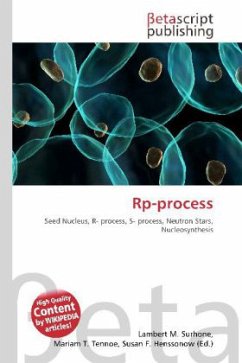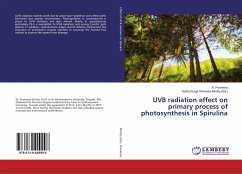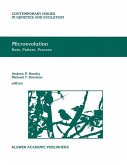Please note that the content of this book primarily consists of articles available from Wikipedia or other free sources online. The rp-process (rapid proton capture process) consists of consecutive proton captures onto seed nuclei to produce heavier elements. It is a nucleosynthesis process and, along with the s process and the r process, may be responsible for the generation of many of the heavy elements present in the universe. However, it is notably different from the other processes mentioned in that it occurs on the proton-rich side of stability as opposed to on the neutron-rich side of stability. The end point of the rp-process (the highest mass element it can create) is not yet well established, but recent research has indicated that in neutron stars it cannot progress beyond tellurium. The rp-process is inhibited by alpha decay, which puts an upper limit on the end point at 105Te, the lightest observed alpha decaying nuclide, though lighter isotopes of tellurium could potentially be proton-bound and alpha decaying. The process has to occur in very high temperature environments (above 1 x 109 Kelvin) so that the protons can overcome the large coulomb barrier for charged particle reactions.







